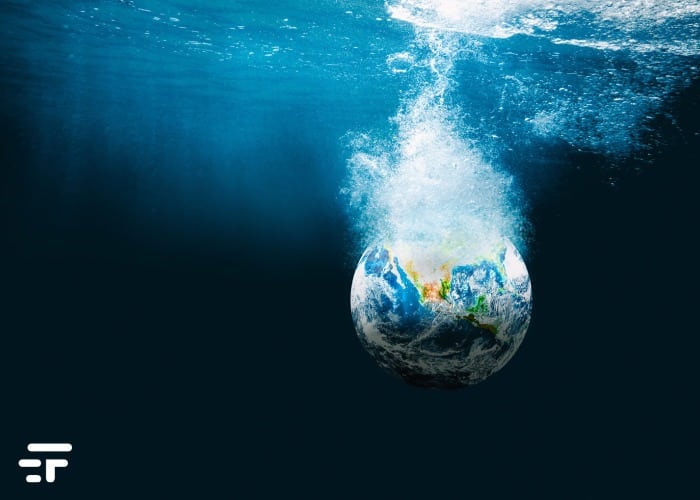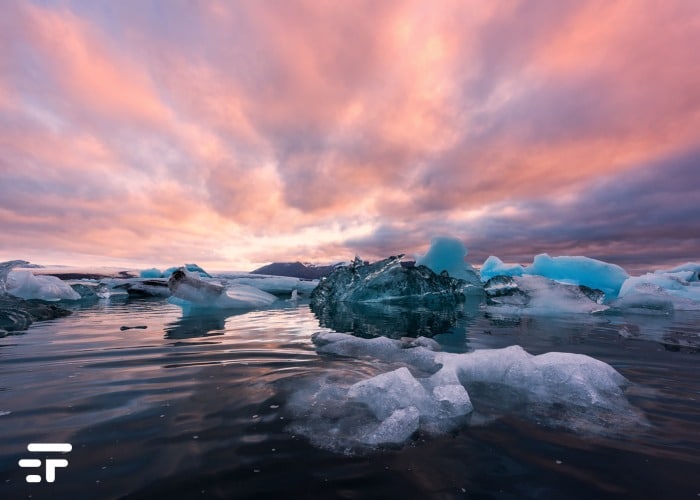According to a group of climate researchers, the increase in heat in the Earth's oceans has already exceeded the "point of no return" for 8 years.
Their study published in PLOS Climate magazine it is new, overwhelming evidence that underlines our path to climate catastrophe. Or rather: it emphasizes that we are already in it, we can no longer think of avoiding it.
“These results demonstrate that climate change is not something uncertain that could happen in the distant future, it is a historical fact: it has already happened,” he says Kyle Van Houtan, researcher at the Monterey Bay Aquarium and co-author of the study.
Extreme climate change is already here, the point of no return has been passed in the ocean, and the ocean underlies all life on Earth
Extreme heat

Dr. Van Houtan and his colleagues looked at temperature readings from 1920 to 2019. Temperatures had broken records as early as 2014, at what the researchers call “the point of no return,” according to their data.
“For all oceans, 2014 was the first year to cross the 50% extreme heat threshold, with the South Atlantic (1998) and Indian (2007) basins crossing this barrier even earlier,” the researchers write in the paper.
1998 was 24 years ago. Impressive.
The first living things to really feel the pressure were species such as lobsters and scallops in areas off the northeastern coast of the United States and Canada. It is no coincidence that in Alaska alone 14 fisheries have already complained in recent years federal disasters.
What's after the point of no return?
This study provides a daunting picture and provides terrible forewarning of what is yet to come.
“The oceans are critical to understanding climate change,” he says John Abraham, professor at the University of St Thomas. “They cover about 70% of the planet's surface and absorb more than 90% of global warming heat.”
What do you do now?


